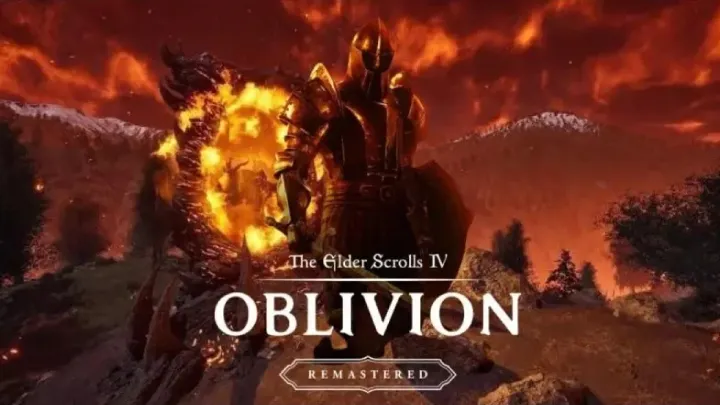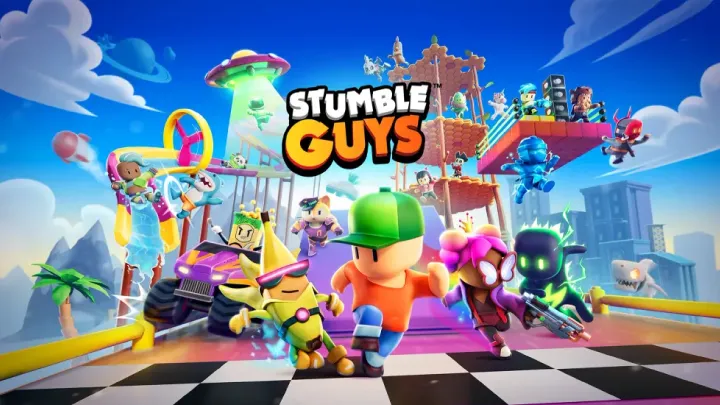
The 4 Most Popular Apps in the U.S. (2025): Culture, Connection, and Creativity
Explore the four most popular apps in the U.S. for 2025—TikTok, Instagram, YouTube, and Snapchat—and how they’re shaping digital culture and connection.
August 28, 2025
Essential Tips and Guides for Excelling in The Legend of Zelda: Breath of the Wild
Engaging Storyline: Experience a rich narrative filled with heroism and sacrifice.
August 28, 2025
Ultimate Tips and Guides for Conquering The Legend of Zelda: Breath of the Wild
Beautiful Art Style: Enjoy breathtaking visuals that bring Hyrule to life.
August 28, 2025
Essential Tips and Guides for Thriving in The Legend of Zelda: Breath of the Wild
Stunning Soundtrack: Immerse yourself in a captivating musical score that enhances your journey.
August 28, 2025
Top 5 Surfing Apps: The Best Digital Companions for Riders and Ocean Lovers
Explore the top 5 surfing apps—Surfline, MSW, Windy, Dawn Patrol, and ReSurf—each redefining wave forecasts, performance tracking, and digital surf coaching.
August 28, 2025
Most Popular
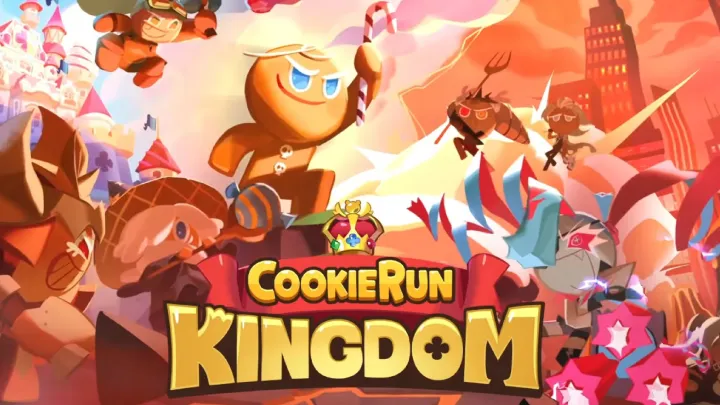
CookieRun: Kingdom
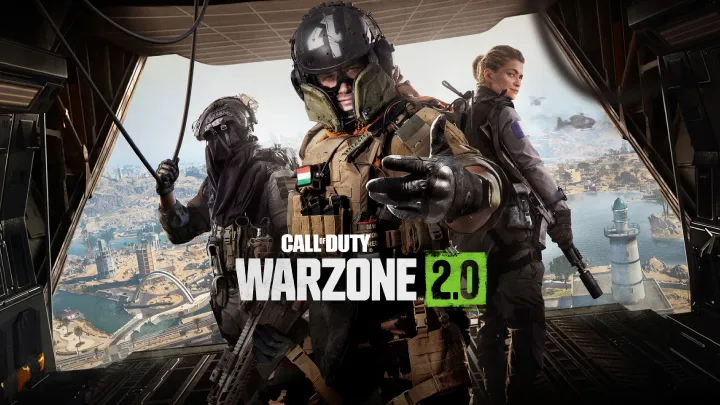
Call of Duty®: Warzone™ 2.0

Poppy Playtime - Chapter 2
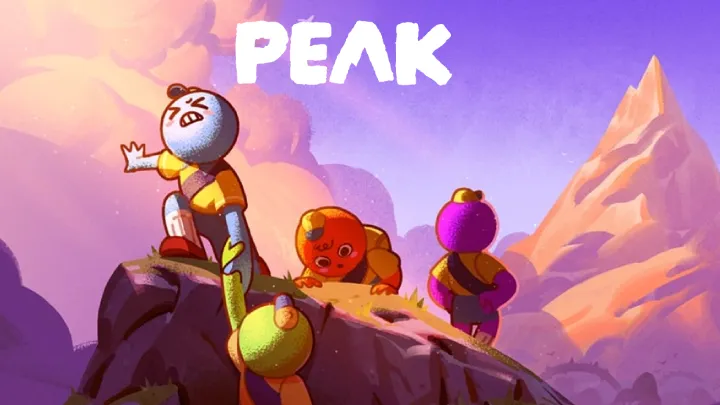
PEAK

Candy Crush Saga
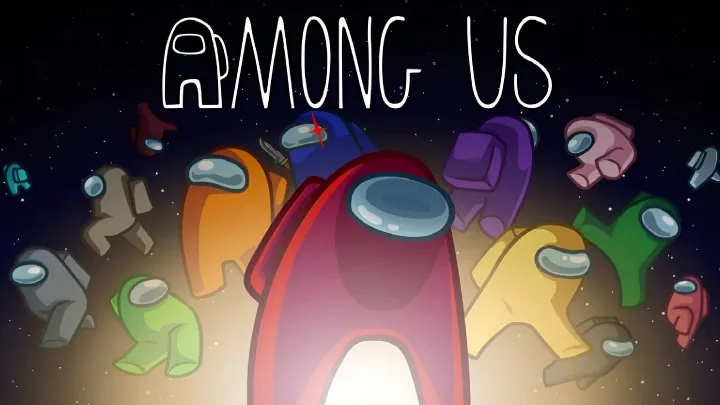
Among Us
News

Title: How to Progress in Valheim: A Complete Survival Guide from Meadows to
Complete Valheim guide: gear, bosses, biomes, and survival tips from Meadows to Mistlands. Progress with strategy and strength
August 28, 2025
Lastest Reviews

Top 5 AI-Powered Translation Apps for 2025
August 28, 2025
Read more

The Legend of Zelda: An In-Depth Analysis of the Role of Exploration in Breath of the Wild
August 28, 2025
Read more

Top 10 Mobile Graphic Design and Editing Apps for 2025
August 28, 2025
Read more

Title: Surviving the Mistlands: A Deep Dive into Valheim’s Most Challenging Biome
August 28, 2025
Read more
Editor Choice
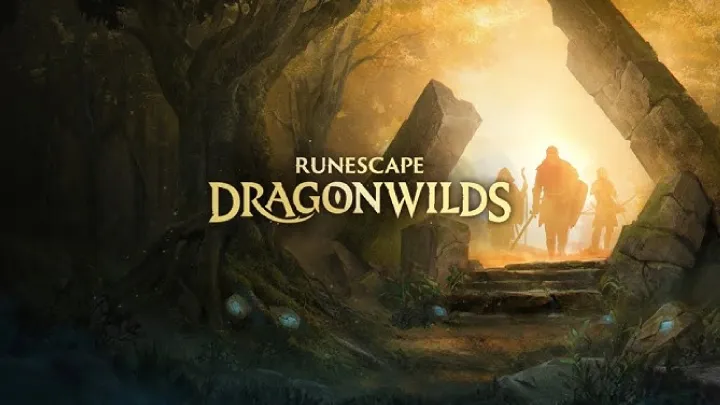
RuneScape: Dragonwilds
RuneScape: Dragonwilds is an ambitious leap forward. While not without flaws, it successfully blends classic RuneScape identity with modern MMO expectations.
EA SPORTS™ College Football 26
EA SPORTS™ College Football 26 offers a vibrant celebration of college football with enhanced rivalries and Dynasty mode, capturing the sport’s unique spirit.
Grand Theft Auto: Vice City
Grand Theft Auto: Vice City is not just a game—it’s a time capsule. By blending stylish visuals, an unforgettable soundtrack, and groundbreaking freedom, Rockstar delivered an experience that shaped modern gaming.
Genshin Impact
Genshin Impact is an open-world RPG where you explore Teyvat, master elemental combat, and uncover the story of the Traveler across seven diverse nations.
Stumble Guys
Stumble Guys is a fun party battle royale game where you race through obstacle courses, compete with dozens of players, and aim to be the last one standing.





